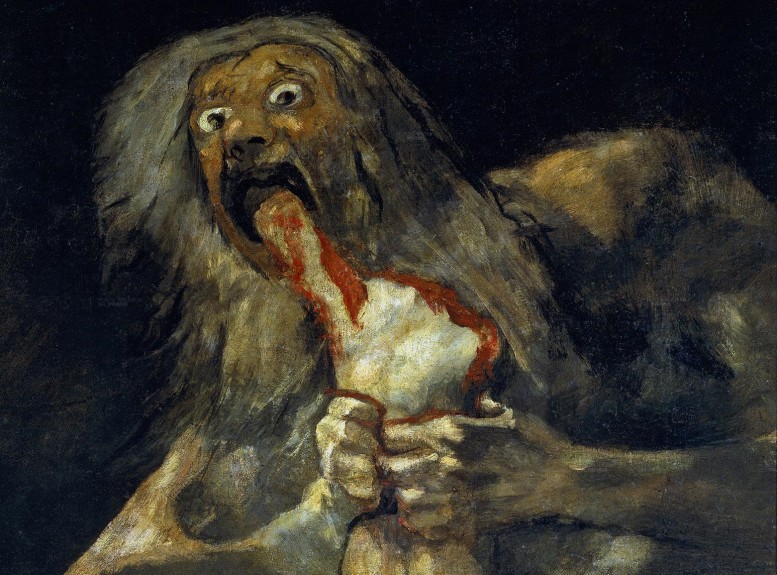Ellen von Unwerth, Again?, 1997
To celebrate the first eight years of exhibitions in their iconic Stockholm venue and their 2019 openings, Fotografiska just released this gorgeous photography book, called The Eye.
Albert Watson, Waris, Ouarzazate, Morocco, 1993
The Eye, featuring 256 images from 83 of the best photographers in the world, is a vibrant photo book that interprets the evolution of the field. It highlights a unique selection of exhibited photography, ranging from icons to bold and exciting new talents, and includes work of masters such as Bryan Adams, Roger Ballen, Guy Bourdin, Nick Brandt, Edward Burtynsky, Anton Corbijn, Elliott Erwitt, Esther Haase, Pieter Hugo, David LaChapelle, Robert Mapplethorpe, Sarah Moon, Jimmy Nelson, Helmut Newton, Martin Parr, Andres Petersen, Bettina Rheims, Herb Ritts, Paolo Roversi, Sebastião Salgado, Martin Schoeller, Vee Speers, Christian Tagliavini, and Albert Watson.
Emma Svensson, Diva, 2016
The Eye is available for pre-order here.
Inez & Vinoodh, Joan via Inez, Theatergroep, Mugmetdegoudentand, 2015



